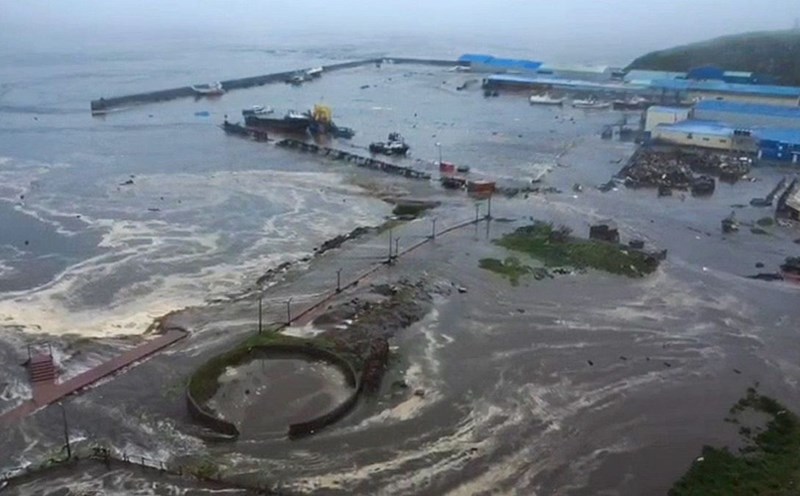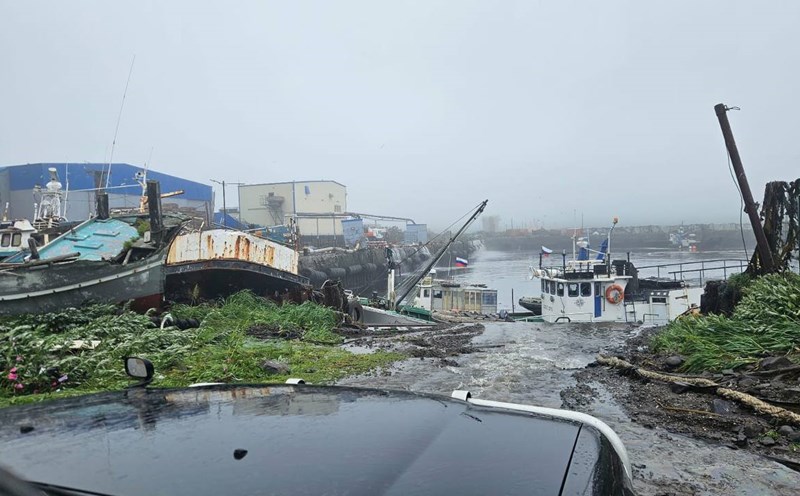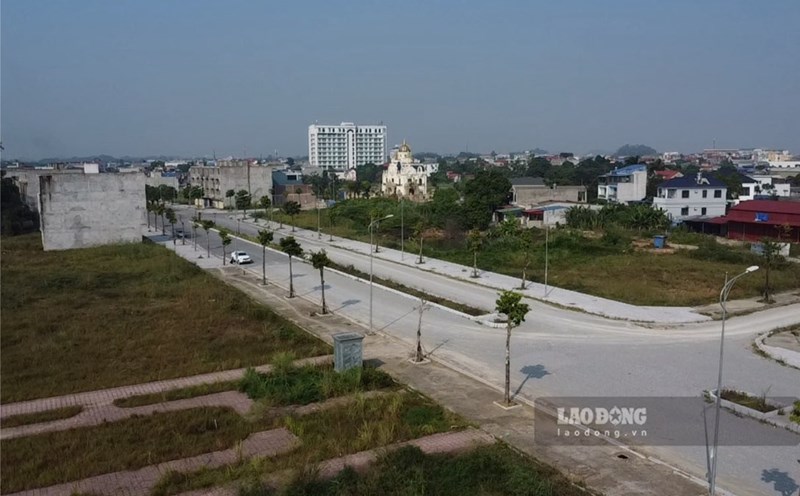According to the US Geological Survey (USGS), the earthquake occurred at 10:18 p.m. on August 2 (local time) and had a centerpiece in Hasbrouck Heights, New Jersey - a suburb of New York City, with a centerpiece about 9.6 km below ground.
Despite being small, the earthquake was powerful enough to cause significant shaking in several neighboring areas, including New York City's Manhattan and Bronx districts.
The New York City Emergency Management Agency (NYCEM) also confirmed the earthquake, saying it is continuing to monitor it.
"Let's prepare for the possibility of a backlash. These aftershocks could occur minutes, hours, or even days after the initial earthquake, NYCEM warned on social media X.
NYCEM added that people do not need to take immediate action but should proactively check for the dangers.
Meanwhile, according to the USGS, earthquakes of this intensity rarely cause significant structural damage but can be felt over a large area, especially in areas with dense urban infrastructure such as New York.
USGS notes that residents who feel shaken are encouraged to check their homes or workplaces for moved objects, debris falling, or cracks in walls and foundations.
As of the evening of August 2 or the morning of August 3 Vietnam time, there were no reports of casualties or damage. Officials are continuing to coordinate with partners to assess the situation.
Meanwhile, at noon on August 3 (Vietnam time), a strong earthquake of 7.0 on the Richter scale shook the area about 121km east of the town of Severo- Kurilsk, north of Kuril Island, Russia.
Russian authorities have warned that a small Tsunami could affect part of Kamchatka's coast after the earthquake.
Kamchatka was also the site of an earthquake of 8.8 on July 30, causing sunny days and warning of sunny days in Russia, Japan, the US and many places around the world.












